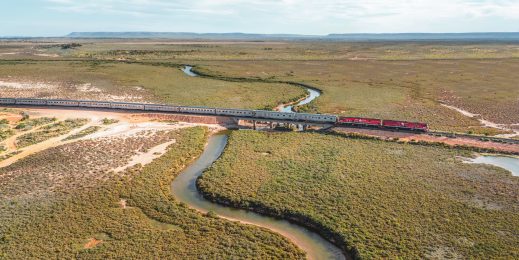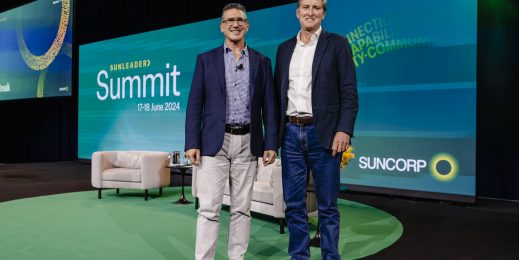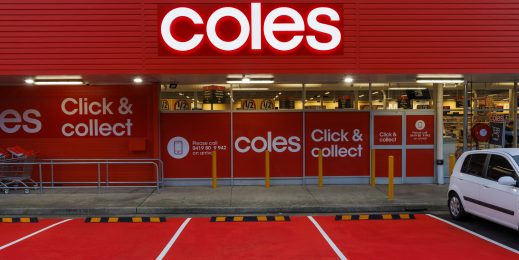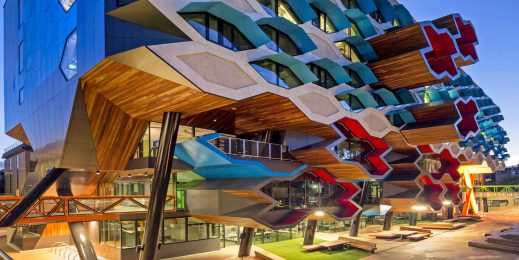
Microsoft takes another key step to reduce data centre emissions in ANZ

I’m pleased to announce that Microsoft has partnered with sustainable electricity retailer Ecotricity to ensure our new data centre region in New Zealand is powered by 100 per cent carbon-free energy when it launches. The data centre region will only use Toitu carbon-zero certified electricity from solar, wind and hydro energy sources.
This partnership is a key step towards Microsoft meeting its sustainability commitments in our region.
It also shows how cloud computing can be made even more efficient if those data centres are powered using energy from renewable and carbon-free sources. In fact, a study found that using the Microsoft Azure cloud platform can be up to 93 per cent more energy efficient and up to 98 per cent more carbon efficient than on-premise solutions.
This is why Microsoft is so committed to changing the way we power our data centres and would encourage others to do the same. But we also recognise it’s hard to leap straight from today’s power generation model to a completely decarbonised electricity grid. We all need to make a transition, which will involve strategic investments and changes in procurement practices.
With this in mind, we have made a global commitment to match 100 per cent of our electricity consumption, 100 per cent of the time, with carbon-free energy purchases globally by 2030.
As Microsoft’s Cloud Operations and Innovation lead Noelle Walsh highlights in a joint blog, this commitment acknowledges the limits on our ability to control global grid infrastructure, but also maximises our influence on it. “While we can’t control how our energy is made, we can influence the way that we purchase our energy,” the blog notes.
We are also taking other steps to reduce our emissions.
We regularly measure the energy efficiency of our data centres around the world using the power usage effectiveness (PUE) metric. This is calculated by dividing a data centre’s total power consumption by the amount of power used to run the IT equipment.
A lower PUE score indicates a more energy-efficient data centre, with a PUE of 1.0 being the best score. Microsoft’s new data centre in NZ, which is expected to have an average PUE score of 1.12, which is line with our new Australian data centres.
We have also made a global commitment to end our dependence on diesel fuel – which accounts for less than 1 per cent of our overall emissions – for backup power generators in our data centres by 2030. We are currently piloting the use of renewable-blend, cleaner burning fuels to power backup generators in some data centre regions. In addition, we are trialling the replacement of data centre backup generators with long-duration batteries.
Another measure is to reduce our emissions through the design and construction of buildings used to house our data centres. Our new data centres are being built in accordance with Leadership in Energy and Environmental Design (LEED), a globally recognised green building certification program. LEED provides the framework for healthy, highly efficient and cost-saving green buildings with lower carbon emissions. New Microsoft data centres are being designed to earn LEED Gold certification.
Microsoft’s US$1 billion Climate Innovation Fund is another way that we are fostering innovation for sustainable growth. Since launching in 2020, the fund has been helping companies to build climate technology solutions that are aligned to our core business and that of our customers. It has also been providing much-needed capital for climate solutions in underfunded markets, as well as ensuring that developing economies and underserved communities are benefitting from these solutions.
Finally, we are committed to helping our customers and partners reach their net zero targets, through the use of our efficient facilities and wider research and communications. If you haven’t already, I’d encourage you to read our recent Accelerating the journey to net zero reports for New Zealand and Australia for valuable insights and recommendations.
















